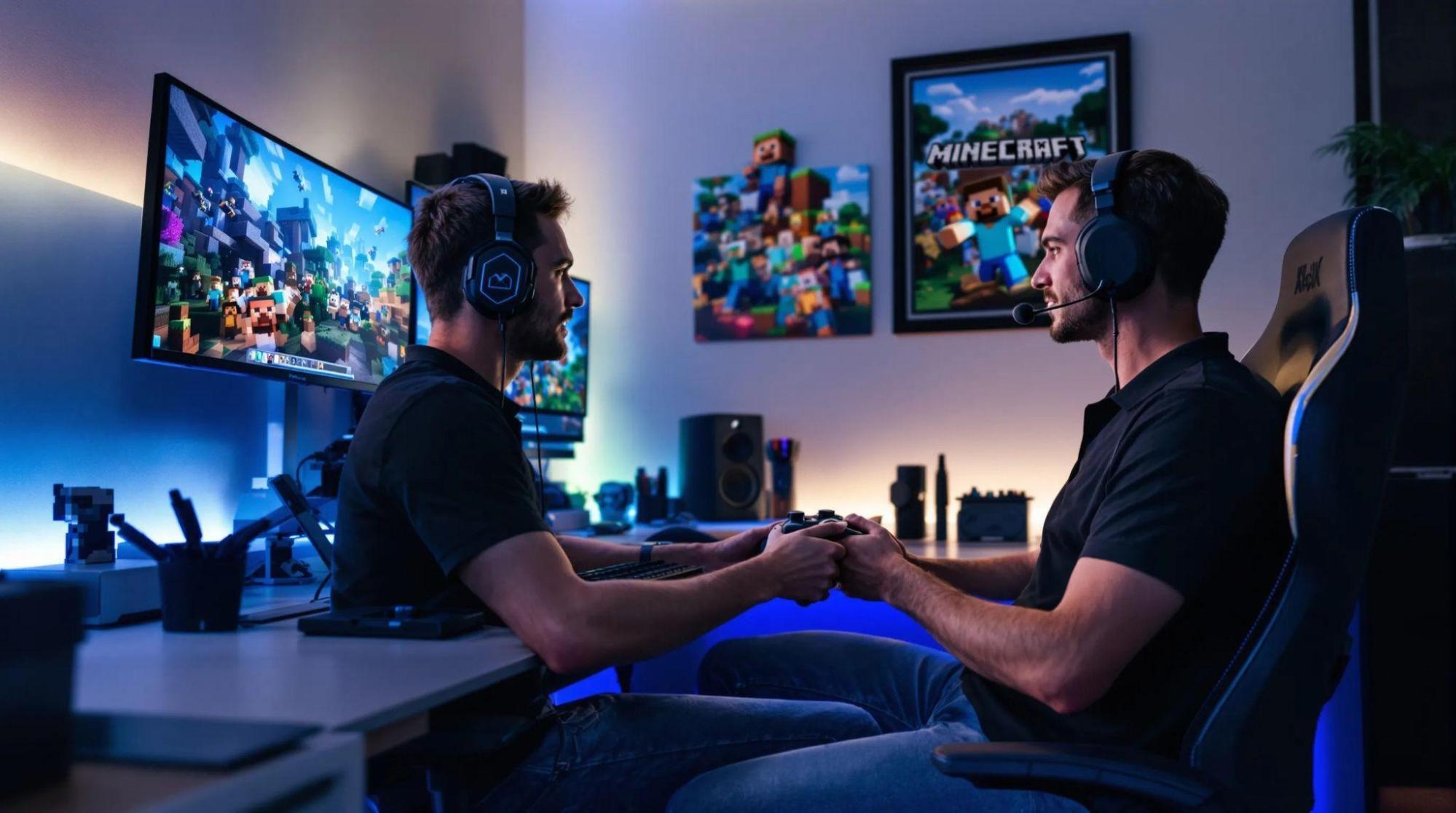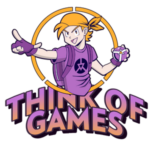In the competitive gaming arena, strategy and tactics are vital to success. The ability to outthink and outmaneuver opponents defines top players, as split-second decisions and precise execution can make or break a game. In high-stakes esports, where every move matters, refined tactics allow players to maximize their strengths while exploiting their opponents’ weaknesses.
As esports continues to grow, the significance of strategy becomes even more pronounced. Players who dedicate time to studying their opponents and evolving their tactics will find themselves better equipped to excel in this fast-paced, dynamic environment. As noted by CABQ, Esports are more than just games; they involve strategic thinking and teamwork. Ultimately, the right strategy is the key to transforming potential into victory.
The Evolution of Competitive Gaming Tactics
As esports has grown, so too have the tactics players use. In the early days, strategies were straightforward, focusing on individual skills and basic mechanics. For example, early FPS games like Counter-Strike 1.6 emphasized precise aiming and simple map control.
Today, modern esports titles like League of Legends and Dota 2 demand complex strategies involving team coordination, deep game mechanics, and real-time adaptability. Players now plan intricate tactics, including drafting optimal team compositions, predicting opponents’ moves, and making split-second decisions that can change the course of a match. This evolution reflects the increasing complexity and competitiveness of the esports landscape. To execute these complex strategies effectively, players rely on powerful laptops capable of handling the demands of modern games. These laptops ensure smooth gameplay, fast processing, and the ability to run resource-intensive applications necessary for analysis and real-time decision making.
Core Elements of Winning Strategies
In competitive gaming, success depends on a strategic approach that combines deep game knowledge, effective map control, and smart resource management.
Understanding Game Mechanics
Top players excel by mastering game mechanics, such as character abilities, in-game physics, and timing. This knowledge allows them to anticipate opponents’ moves and make quick decisions, giving them an edge in games like Fortnite and Overwatch.
Map Control and Positioning
Effective map control and positioning are crucial for dominating gameplay. By controlling key areas, players can dictate the flow of the game and limit opponents’ options. Understanding high-ground advantage, choke points, and sightlines in games like Counter-Strike: Global Offensive and League of Legends can be the difference between victory and defeat.
Resource Management
Efficient resource management is vital for maintaining an advantage. In strategy games like StarCraft II, players who optimize resource gathering and allocation build stronger units faster, gaining an edge in both offense and defense. This ability often separates top players from those who struggle under pressure.
The Psychological Aspect of Competitive Gaming
In competitive gaming, psychological strength is just as vital as technical skill. Success often hinges on a player’s mental resilience and ability to stay composed under pressure. Whether facing the stress of high-stakes tournaments or adapting to an opponent’s unexpected strategies, mastering the psychological aspects of gaming is key to consistent performance. As mentioned by The National Library of Medicine, esports players experience significant mental demands, including stress management and the ability to remain focused during competition.
Mental Preparation and Focus
Mental resilience is a cornerstone of success in esports, where the pressure is relentless. Pro players employ various techniques to maintain focus during critical moments:
- Pre-game rituals: Routines like listening to music or following a specific warm-up sequence help players enter a focused state.
- Mindfulness practices: Deep breathing or meditation helps calm nerves and keep players grounded during high-pressure situations.
- Visualization: Imagining successful outcomes or rehearsing in-game scenarios mentally prepares players for upcoming challenges.
These strategies help players maintain composure and peak performance, even when stakes are high.
Adapting to Opponents
Adaptability is crucial in competitive gaming, often separating winners from losers. The ability to adjust strategies in real-time is essential:
- Reading opponents: Skilled players quickly analyze opponents’ strategies, allowing them to anticipate moves and counter effectively.
- Flexibility in tactics: Successful players can pivot their approach as needed, whether by shifting to a defensive playstyle or exploiting an opponent’s weakness.
For example, players like Faker in League of Legends are known for their ability to adapt mid-game, often turning the match in their favor through sheer adaptability.
Emerging Trends in Competitive Gaming
As competitive gaming evolves, new trends are reshaping how players engage with their favorite titles. Innovative reward systems are becoming key in driving player motivation and enhancing the gaming experience. These trends go beyond improving gameplay; they keep players invested and incentivized to continue participating in competitive environments.
The Influence of Reward Systems on Player Motivation
Reward systems have long been central to keeping players engaged in gaming. Traditional rewards like in-game currency, achievements, and leaderboard rankings motivate players by providing a sense of progress and accomplishment.
Recently, gaming platforms have enhanced these systems with innovative features, such as:
- In-game currency and achievements: Tangible rewards for unlocking content or purchasing items, offering both immediate gratification and long-term goals.
- Leaderboard rankings: Adding a social competitive element that drives players to improve and maintain their status.
Some platforms now include sweepstakes elements, offering players additional chances to win prizes, further boosting engagement by adding an exciting, extra layer of motivation.
Competitive Gaming Platforms Offering Unique Incentives
Competitive gaming platforms constantly innovate to attract and retain players by offering unique incentives, such as bonus content, exclusive items, and monetary rewards. These include:
- Bonus content and exclusive items: Special features or cosmetic enhancements that distinguish players.
- Monetary rewards: Cash prizes or gift cards that add real-world value for high performance.
A growing trend is the integration of sweepstakes-like incentives within these platforms, offering players new ways to win outside of traditional gameplay. For instance, some platforms now allow players to enter sweepstakes to win prizes such as gaming gear or even cash rewards, adding an extra dimension to the competitive experience.

Sweepstakes casinos are an example of how these reward systems are applied in other gaming formats. These casinos offer a blend of traditional casino gaming with sweepstakes elements, giving players the chance to win prizes through gameplay. For those curious about how these systems work and where to find reliable options, exploring resources like http://sweepstakes-casino.org/can be invaluable. The site offers comprehensive reviews and guides, helping gamers navigate the best platforms available and ensuring a more informed and enjoyable gaming experience.
The Future of Competitive Gaming Tactics
As competitive gaming and technology advance, player tactics are set to evolve significantly. The future will likely see more sophisticated strategies driven by artificial intelligence (AI) and machine learning.
AI will revolutionize competitive gaming by analyzing gameplay data, optimizing strategies, and predicting opponents’ moves with greater accuracy, enabling more adaptive tactics. Machine learning could also create smarter in-game opponents, pushing players to continually adapt and improve.
Additionally, AI could develop personalized coaching tools that identify weaknesses and suggest targeted improvements, leading to a new era of tactical innovation and increasing the complexity of esports strategies.
Conclusion
In competitive gaming, strategy and tactics are crucial for success. From the evolution of simple, skill-based approaches to the complex strategies of today, mastering these elements is key. Players who excel in understanding game mechanics, managing resources, and adapting quickly consistently rise to the top.
As gaming evolves, so do tactics, with trends like AI-driven strategies and innovative reward systems adding new layers of complexity. The future of competitive gaming will demand continuous refinement of strategies, making the art of outthinking opponents more vital than ever. Success ultimately lies in mastering both the technical and strategic aspects of the game.




















